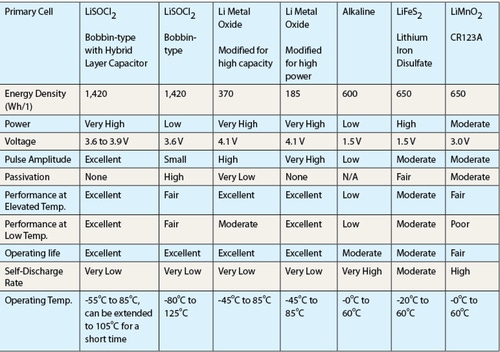July 8, 2016

The explosive growth of remote wireless technology is transforming all industrial sectors, from manufacturing and distribution to transportation infrastructure, energy production, environmental monitoring, healthcare, smart metering, and smart buildings, to name a few. The introduction of WirelessHART, ZigBee, LORA, and other low-power communications protocols has created a clear pathway for industrial automation to play a crucial role in the burgeoning Industrial Internet of Things (IIoT).
For decades, the leading communications interface for industrial automation has been the Highway Addressable Remote Transducer (HART) communications protocol, which controls nearly 30 million devices used worldwide for process control, asset tracking, safety systems, machine-to-machine (M2M), and system control and data automation (SCADA) applications.
However, despite its popularity, nearly 85% of all potentially HART-enabled devices remain unconnected, with broader adoption hindered by the major expense of hard wiring, which can cost $100 or more per foot to install. This cost barrier becomes even more daunting in remote, environmentally sensitive locations where logistical, regulatory, and permitting hurdles make wireless connectivity a virtual necessity.
Inexpensive Batteries, Hidden Costs
Inexpensive, consumer-grade alkaline batteries can be ideal for wireless devices that are easily accessible and operate within a moderate temperature range (i.e. indoor thermostats and wireless light switches). But alkaline batteries have major drawbacks, including low voltage (1.5V or lower), a limited temperature range (00C to 600C), a high self-discharge rate that reduces life expectancy to one to two years, and crimped seals that may leak.
The inexpensiveness of a consumer-grade battery can also be highly misleading. The total lifetime cost of a power supply needs to factor in all labor costs associated with future battery replacements, which can be considerable.
READ MORE ARTICLES ON BATTERIES AND THE IIoT:
Choosing the ideal power supply depends on numerous factors: energy consumed in active mode (including the size, duration, and frequency of pulses); energy consumed in dormant mode (the base current); storage time (as normal self-discharge during storage diminishes capacity); thermal environments (including storage and in-field operation); equipment cut-off voltage (as battery capacity is exhausted, or in extreme temperatures, voltage can drop to a point too low for the sensor to operate); battery self-discharge rate (which can be higher than the current draw from average sensor use); and lifetime cost considerations, taking into account replacement costs over time, where applicable.
Industrial-grade lithium batteries are preferred over consumer grade batteries if the device is to be deployed in a hard-to-reach location where battery replacement is difficult or impossible, and where data links cannot be interrupted. The wider operating temperature of an industrial-grade battery also provides enhanced reliability in extreme environments. The higher energy density and voltage of an industrial-grade lithium battery also enables a smaller form factor, and may even permit the use of fewer cells.
Choosing Among Primary Lithium Batteries
Lithium battery chemistry is preferred for long-term deployments because its intrinsic negative potential exceeds that of all other metals. Lithium is also the lightest non-gaseous metal, and offers the highest specific energy (energy per unit weight) and energy density (energy per unit volume) of all available battery chemistries. Lithium cells, all of which use a non-aqueous electrolyte, feature a normal operating current voltage (OCV) that ranges between 2.7V and 3.6V. The absence of water allows lithium batteries to endure more extreme temperatures.
Numerous primary lithium chemistries are available (see Table 1), including iron disulfate (LiFeS2), lithium manganese dioxide (LiMNO2), and lithium thionyl chloride (LiSOCl2) chemistry.
Consumer-grade lithium iron disulfate (LiFeS2) cells are relatively inexpensive, and deliver the high pulses required to power a camera flash. These batteries have limitations, including a narrow temperature range of -200C to 600C, a high annual self-discharge rate, and crimped seals that may leak.
About the Author(s)
You May Also Like





